Artistic nautical photography is a captivating fusion of creativity, technique, and maritime inspiration, offering photographers endless opportunities to craft visually striking and emotionally resonant imagery. By blending artistic photography styles with nautical motifs, photographers can explore the rich tapestry of sea life, historical ships, and coastal landscapes, creating works that transcend mere documentation and become true artistic expressions. This genre invites artists to experiment with unique techniques, such as dramatic lighting, bold compositions, and thematic storytelling, while paying homage to the enduring allure of the open sea. Whether capturing the grandeur of a sailing vessel under the golden hues of sunset or the serene beauty of a tranquil harbor, artistic nautical photography challenges creators to push boundaries and infuse their personal vision into every frame. From experimental approaches to traditional methods, this form of photography continues to inspire and evolve, making it a cornerstone of modern artistic expression.
Key Takeaways
– Capture Dynamic Perspectives: Use wide-angle lenses and experiment with angles to emphasize movement and scale in your nautical shots.
– Enhance Vibrant Color Grading: Boost saturation and contrast to create vivid, eye-catching images of the sea and ships.
– Break Free from Traditional Compositions: Try unique framing techniques, focusing on symmetry, lead lines, or patterns for a fresh take.
– Elevate with Long Exposures: Smooth out waves and capture serene or dramatic ocean states with extended exposure.
– Incorporate Reflections and Mirrors: Add depth and interest by utilizing reflections off the water or nearby objects.
– Highlight Abstract Shapes and Patterns: Find wave patterns, cloud forms, or boat silhouettes to create modern, abstract compositions.
– Experiment with Low Angle Shooting: Emphasize grandeur by shooting from below to enhance the scale of ships and horizons.
– Play with Light and Shadows: Use sunlight to create beautiful interplays and dramatic effects in your photos.
– Add Mystery and Storytelling: Frame shots with elements like shipwrecks, lighthouses, or fog to evoke intrigue and narrative.
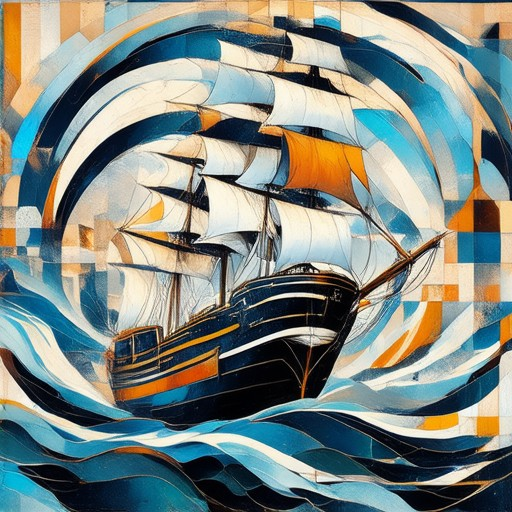
Combining Artistic Techniques with Nautical Themes
Creating stunning nautical photographs requires a blend of artistic vision and technical expertise. Here’s how you can merge artistic techniques with nautical themes to capture breathtaking images:
1. Composition
- Leading Lines and Diagonals: Incorporate elements like the mast of a ship or the path of a boat moving towards the horizon to create dynamic compositions.
- Off-Center Focus: Place the main subject slightly off-center to add visual interest and draw the viewer’s eye towards the focal point.
- Rule of Thirds: Use this guideline to frame your shot, ensuring the horizon or key elements align with the intersection points for a balanced yet artistic feel.
2. Lighting
- Dramatic Lighting: Capture the magic of sunrise or sunset to bath the nautical scene in warm, golden hues that enhance the mood and texture.
- Side Lighting: Utilize light coming from the side to highlight textures, such as the grain of wood on a ship or the ripple patterns in the water.
- Shadow and Reflection: Play with shadows created by sunlight filtering through rigging or structures, and use reflections on the water’s surface to add depth.
3. Color Palette
- Blue Dominance: Emphasize the vastness of the ocean with deep blues and greens, but don’t shy away from introducing pops of color with vibrant subjects like life rings or buoys.
- Complementary Colors: Use colors that complement the primary blue tones, such as reds, yellows, and oranges found in lighthouses or sailboat ropes.
4. Texture
- Water Surface: Capture the intricate details of the water’s surface, whether it’s calm and reflective or rough and stormy, using macro settings to emphasize texture.
- Ship and Structure Details: Focus on the textures of wood, metal, and rope to add depth and character to your nautical theme.
5. Perspective
- Low-Angle Shots: Get a commanding view of the horizon by shooting from a lower angle, emphasizing the vastness of the ocean and sky.
- High-Angle Shots: Capture the grandeur of tall ships or lighthouses from above, highlighting their imposing presence.
- Foreground Elements: Include small but significant details like seagulls, rigging, or a lone boat in the foreground to add scale and interest.
6. Digital Manipulation
- Blending Exposures: Combine multiple shots to smooth out wave textures or enhance the sky’s color, creating a more cohesive and visually appealing image.
- Filter Effects: Apply filters to adjust colors and tones, such as sepia for a classic maritime feel or vibrant colors to bring the scene to life.
- Vignette: Add a subtle vignette to draw attention to the main subject while allowing the background to fade gracefully.
7. Authenticity and Storytelling
- Capture the Essence: Pay attention to the location’s history and culture to convey a sense of place, whether it’s an historic port or a serene coastal bay.
- Tell a Story: Compose your shot to reflect a narrative, such as the passage of time through weathered shipyards or the journey of a lone sailor.
8. Equipment Considerations
- Sturdy Tripod: Essential for capturing sharp shots, especially when near the water’s edge or in windy conditions.
- Wide-Angle Lens: Ideal for capturing the expanse of the ocean and distant horizons.
- Telephoto Lens: Great for zooming in on details like shipwrecks, lighthouses, or wildlife.
- Lighting Gear: Bring reflectors or umbrellas to manipulate light and add dimension to your shots.
By combining these artistic techniques with nautical themes, you’ll create photographs that are not only visually striking but also rich in storytelling and emotion.
How Can Artistic Elements Enhance Nautical Photography?
Nautical photography captures the essence of the sea, its vastness, and the vessels that navigate it. Incorporating artistic elements can elevate this genre by adding depth, emotion, and visual interest. Here’s how:
- Unique Compositions:** Break free from traditional shots by experimenting with angles and perspectives. Capture dramatic compositions where the subject dominates the frame, or use leading lines to draw the viewer’s eye through the scene.
- Vibrant Color Palettes:** Embrace the dynamic colors of the sea and sky. Use warm tones during sunrise or sunset to evoke warmth and passion, while cooler blues and greens can convey calm and serenity.
- Meticulous Texture Focus:** Pay attention to details like waves, boat textures, and reflections. These textures add dimensionality and tell a story behind the image.
- Storytelling Through Light:** Utilize light to create mood. Soft, diffused light can highlight tranquility, while dramatic shadows and backlights can add drama and depth.
- Emotional Resonance:** Capture the energy of the moment. Whether it’s the thrill of a race or the peace of a quiet harbor, let the image reflect the emotions experienced.
- Experimental Perspectives:** Try unconventional viewpoints, like shooting from a low angle to emphasize the scale of the sea or from above to showcase the vessel’s relationship with its surroundings.
By integrating these artistic elements, nautical photography can become more than just a snapshot—it can inspire and captivate viewers, transporting them to the heart of the maritime experience.
Resources to Explore:
Sailing Photo Awards ([https://sailingphotoawards.com/](https://sailingphotoawards.com/)) showcases exceptional nautical photography and offers tips and inspiration. Explore works from competitors like Yachting Magazine and Marine Photographic Society to see how others blend artistry with the sea.
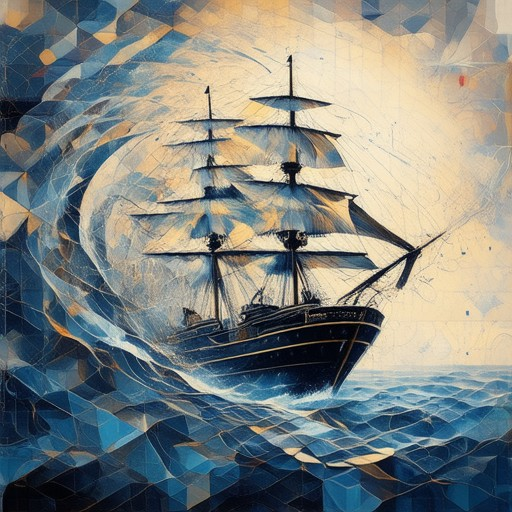
Artistic Techniques for Unique Nautical Photography
Nautical photography offers a unique blend of artistry and storytelling, allowing photographers to capture the essence of the open sea. Here are some artistic techniques to elevate your nautical photography:
- Long Exposure Shots: Capture the dynamic motion of waves and the serene reflection of the coastline. Use slow shutter speeds to blur the water surface and emphasize the tranquility of the scene.
- High-Speed Photography: Freeze the action of crashing waves or a bird taking off from the deck. This technique requires a fast shutter speed and precise timing.
- Reflections and Silhouettes: Experiment with reflections off the water surface to create mirrored images of boats or the horizon. Silhouettes of sails against the setting sun can add dramatic contrast and depth.
- Composition with Leading Lines: Use the receding horizon and converging lines of waves to create a sense of movement and infinity. This is particularly effective in coastal photography.
- Golden Hours Lighting: Shoot during the golden hours (sunset or sunrise) to bath the scenes in warm, directional light. This creates soft shadows and highlights the textures of the sea and sky.
- Wide-Angle Lens for Vast Scapes: A wide-angle lens helps capture the expansive nature of the ocean, emphasizing the scale and grandeur of the landscape.
- ND Filters for Reflection Control: Use neutral density (ND) filters to balance the exposure between the sky and sea, enhancing the reflection of sunlight on the water.
- Storytelling Through Subjects: Incorporate elements like a lone boat, a fish jumping out of the water, or a lighthouse to add narrative interest to your images.
- Black and White Conversion: Convert color images to black and white using techniques like sepia or grayscale to give your nautical photos a timeless, classic look.
By experimenting with these techniques and paying attention to lighting, composition, and timing, you can create nautical photographs that are not only visually striking but also rich in storytelling potential. Explore more tips and inspiration on our gallery and photography tips sections.
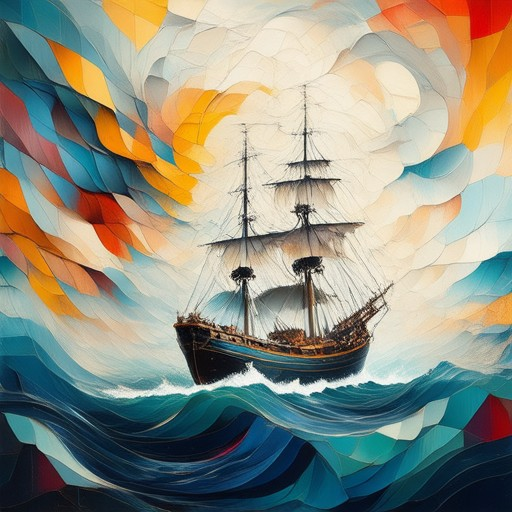
What Artistic Techniques Can Be Used in Nautical Photography to Create Unique and Captivating Images?
Nautical photography offers a unique opportunity to combine technical skill with artistic vision. Here are some creative techniques that can elevate your nautical photography to new heights:
- Perspective Manipulation: Use a wide-angle lens to emphasize the vastness of the ocean and capture dramatic perspectives of ships or landmarks. Experiment with angles that give a sense of movement or scale.
- Vibrant Color Grading: Enhance the colors of the sky, sea, and船 to create vivid and dynamic images. Consider using filters or editing software to boost saturation and contrast for a striking visual impact.
- Unique Compositions: Break traditional rules by framing shots differently. Try compositions that emphasize symmetry, lead lines, or patterns found in the海洋或船只的设计。
- Long Exposure Techniques: Capture the serene beauty of calm seas or the dramatic effects of rough waves by using long exposure. This method can smooth out the水波和光线变化,创造出宁静或壮观的效果。
- Reflections and Mirrors: Utilize reflections off the water surface to create interesting compositions. Include nearby objects or船只的倒影来增加画面的层次感。
- Abstract Shapes and Patterns: Look for abstract shapes and patterns in the海洋,比如浪花、云彩或船只的轮廓。这些元素可以用来构建具有现代艺术感的图像。
- Low Angle Shooting: Shoot from a low angle to emphasize the grandeur of ships or the horizon. This technique can make your subjects appear更强大和宏伟。
- Light Play: Experiment with the交替光线和阴影的效果。例如,在阳光下拍摄船只的剪影,可以产生美丽的光影效果。
- Incorporating Elements of Mystery: Frame shots that leave room for imagination. Incorporate elements like船只的残骸、灯塔或迷雾来增加神秘感和故事性。
By experimenting with these techniques and staying true to your artistic style, you can create nautical photographs that stand out and captivate viewers. Remember to explore different locations and lighting conditions to find your unique approach to nautical photography.
For more inspiration and resources, visit the Sailing Photo Awards website. Discover galleries of award-winning nautical photography, tips from experts, and join the community of passionate photographers.
How Can Artistic Elements Enhance Nautical Photography?
Nautical photography captures the essence of the sea, its vastness, and the vessels that navigate it. Incorporating artistic elements can elevate this genre by adding depth, emotion, and visual interest. Here’s how:
- Unique Compositions:** Break free from traditional shots by experimenting with angles and perspectives. Capture dramatic compositions where the subject dominates the frame, or use leading lines to draw the viewer’s eye through the scene.
- Vibrant Color Palettes:** Embrace the dynamic colors of the sea and sky. Use warm tones during sunrise or sunset to evoke warmth and passion, while cooler blues and greens can convey calm and serenity.
- Meticulous Texture Focus:** Pay attention to details like waves, boat textures, and reflections. These textures add dimensionality and tell a story behind the image.
- Storytelling Through Light:** Utilize light to create mood. Soft, diffused light can highlight tranquility, while dramatic shadows and backlights can add drama and depth.
- Emotional Resonance:** Capture the energy of the moment. Whether it’s the thrill of a race or the peace of a quiet harbor, let the image reflect the emotions experienced.
- Experimental Perspectives:** Try unconventional viewpoints, like shooting from a low angle to emphasize the scale of the sea or from above to showcase the vessel’s relationship with its surroundings.
By integrating these artistic elements, nautical photography can become more than just a snapshot—it can inspire and captivate viewers, transporting them to the heart of the maritime experience.
Resources to Explore:
Sailing Photo Awards ([https://sailingphotoawards.com/](https://sailingphotoawards.com/)) showcases exceptional nautical photography and offers tips and inspiration. Explore works from competitors like Yachting Magazine and Marine Photographic Society to see how others blend artistry with the sea.
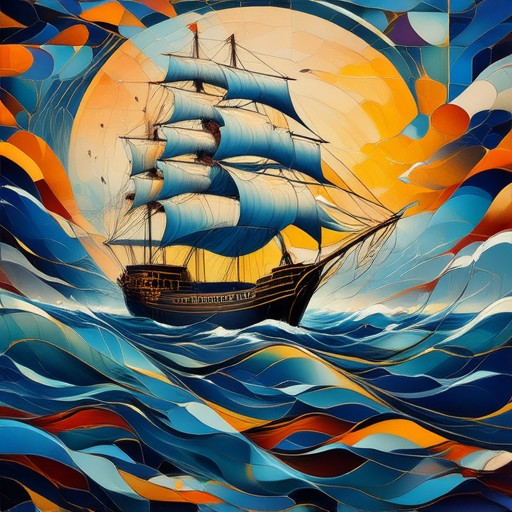
What Are the Best Ways to Incorporate Artistic Elements Into Nautical Photography?
Nautical photography combines the beauty of the sea with artistic expression, allowing photographers to capture the essence of sailing and marine life in a visually captivating way. Here are some innovative techniques to infuse artistic elements into your nautical photography:
- Play With Color and Light:** Capture the dynamic interplay of light and color during sunrise or sunset, which creates stunning hues on the water. This adds a painterly quality to your photos, transforming ordinary scenes into extraordinary works of art.
- Experiment With Textures:** Focus on the intricate details of sailcloth, wood, or rope. These textures can add depth and dimension to your images, giving them a tactile quality that draws viewers in.
- Compose Unique Visions:** Break free from traditional compositions. Try framing shots differently, such as focusing on a boat’s mast from a low angle or capturing the reflection of the sky on the water’s surface. This challenges conventional perspectives and invites creativity.
- Incorporate Movement:** Capture the motion of sails billowing in the wind or the graceful glide of a ship on the horizon. Movement adds dynamism to your photos, making them more lively and engaging.
- Highlight Abstract Shapes:** Look for abstract shapes in the environment, like wave patterns, cloud formations, or the silhouette of a boat. These shapes can be manipulated to create visually striking and abstract compositions.
- Integrate Reflections and Refractions:** Use reflections off the water’s surface or refractions through glass or surfaces to add layers of visual interest. This technique can give your photos a ethereal quality.
- Embrace the Element of Chance:** Sometimes, the most artistic moments happen spontaneously. Let go of perfectionism and enjoy the serendipitous beauty of nature, allowing your photos to reflect the unpredictability of the sea.
- Collaborate with Nature:** Pay attention to the ever-changing conditions of the sea. Work with natural elements like fog, rain, or mist to create mood-rich photographs that evoke strong emotional responses.
- Use Dramatic Lighting:** Explore dramatic lighting setups, such as shooting during a storm or under a full moon. These conditions can create powerful, emotionally charged images that stand out.
By experimenting with these artistic techniques, you can elevate your nautical photography to new heights, capturing the essence of the sea in a uniquely personal and expressive way.
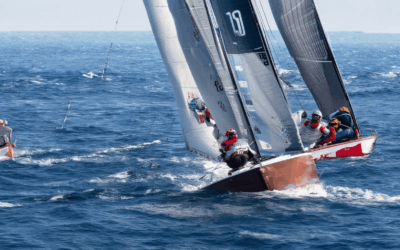
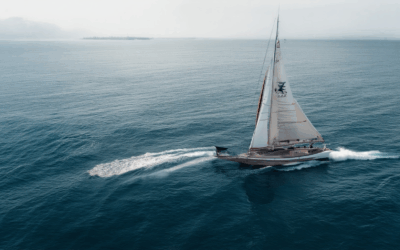
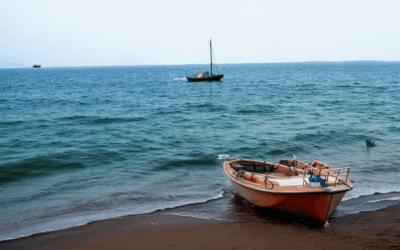
0 Comments